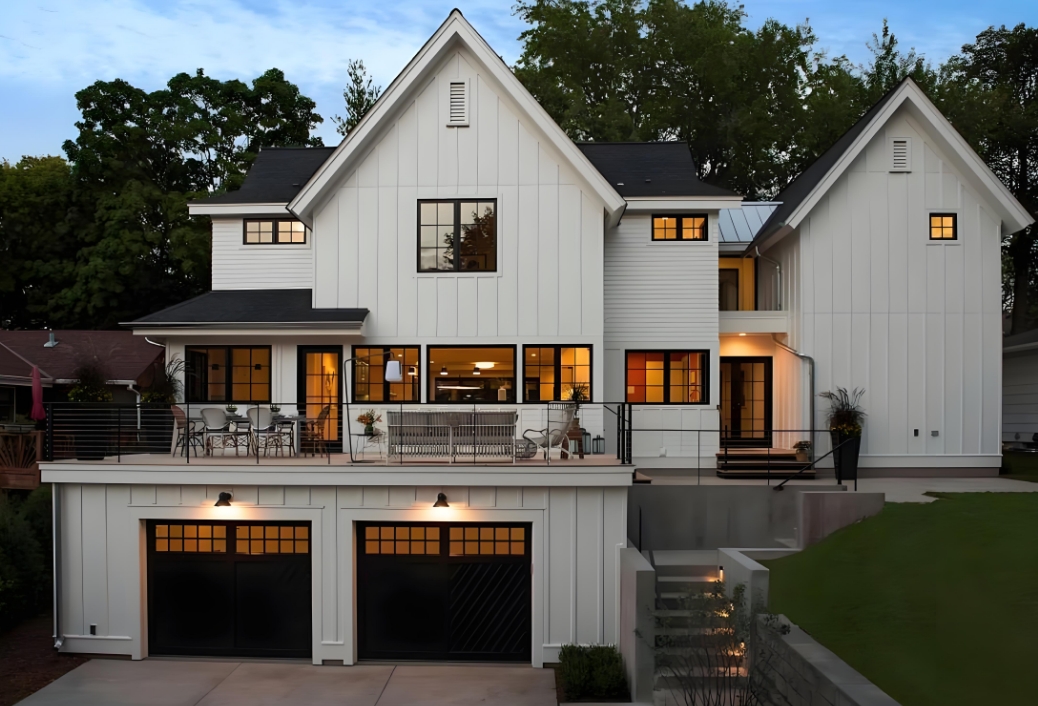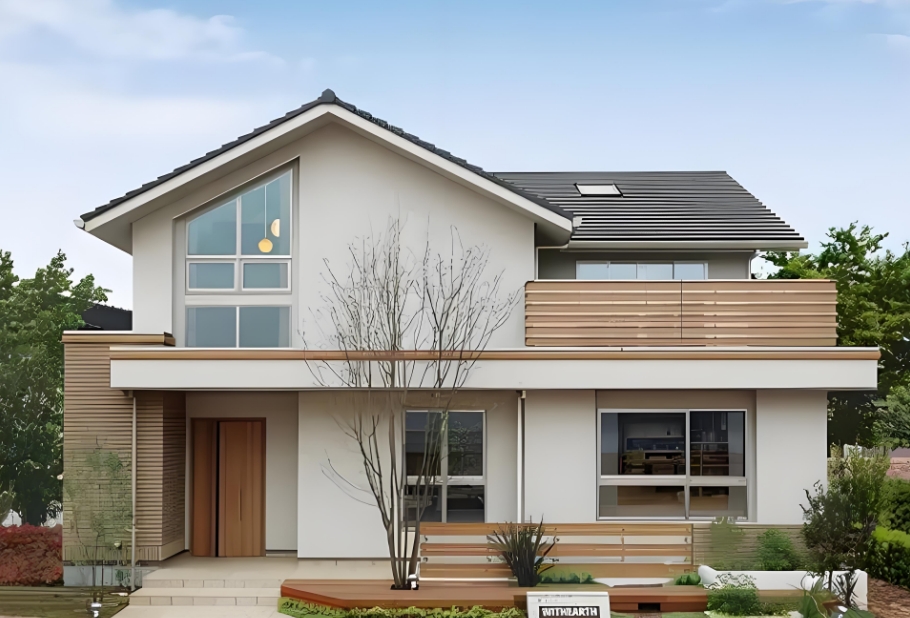Fire prevention and anti-corrosion technology for light steel structure buildings
Fire prevention and anti-corrosion technology for light steel structure buildings:
Breaking through bottlenecks and extending life cycle
With the acceleration of urbanization, light steel structure buildings have been widely used in the construction field due to their advantages of light weight, high strength and convenient construction. However, the poor corrosion resistance and insufficient fire resistance of light steel structures have become bottlenecks restricting their further development. How to break through these technical bottlenecks and extend the life cycle of light steel structure buildings has become a key issue that needs to be urgently solved in the current construction industry.

Anti-corrosion technology: multi-pronged approach to resist corrosion
Light steel structures are exposed to the atmospheric environment for a long time and are prone to rust, which not only causes economic losses, but also reduces the bearing capacity of components and affects structural safety. In response to this problem, hot-dip galvanizing technology is widely used in the anti-corrosion of light steel structures. The rust-free steel components are immersed in a high-temperature zinc liquid of about 600°C, so that the zinc layer is attached to the surface of the steel components, which can effectively prevent the corrosion of steel in the atmospheric environment. However, hot-dip galvanizing technology has spatial limitations and is more suitable for small light steel structures or fixed working environments.
Thermal spraying aluminum (zinc) composite coating technology breaks through this limitation. This technology first sandblasts and removes rust on the surface of the steel component, then uses thermal spraying equipment to melt the aluminum (zinc) wire and blow it onto the surface of the steel component to form a honeycomb spray layer, and finally fills the capillary pores with paint to form a composite coating. This method has strong adaptability to component size and is suitable for steel structures of various shapes and sizes, and can provide dual protection at the electrochemical and physical levels.
Coating method is also one of the commonly used anti-corrosion methods. By applying anti-corrosion paint on the surface of the steel structure, a protective film is formed to prevent the corrosive medium from contacting the steel. Generally, primer, intermediate paint and topcoat are used in combination. The primer is rust-proof, the intermediate paint increases the coating thickness and adhesion, and the topcoat is both decorative and weather-resistant. The anti-corrosion life of fluorocarbon coatings can reach 50 years, which can meet long-term anti-corrosion needs.
Fire prevention technology: multiple measures to ensure structural safety
Although the light steel structure itself will not burn, when a fire occurs, the temperature rise will cause the mechanical properties of the steel to drop sharply and lose its bearing capacity. Generally, the fire resistance limit of unprotected steel structures is only about 15 minutes. Therefore, fire prevention treatment is crucial.
Fire retardant coating for steel structure is a common fire prevention measure. It is divided into thick, thin, ultra-thin, etc. Thick coating is granular, and the coating thickness is usually more than 8 mm. At high temperature, it relies on the thickness of the coating itself and the low thermal conductivity to play a heat insulation role; thin and ultra-thin coatings are thinner and have a certain decorative effect. At high temperature, the coating expands and thickens to protect the steel components. Fire retardant coating is easy to apply and is suitable for concealed structures and exposed steel components.
Lightweight fireproof thick plate wrapping method is also an effective fire prevention method. Inorganic fireproof plates are used to wrap large steel components in a box, such as rock wool sandwich panels, gypsum boards, etc. The thickness of the wrapping board is determined according to the fire resistance limit requirements. This method is easy to construct, low cost, low loss, and no environmental pollution. It is a new development direction for fire protection of steel structures.
In addition, in the design stage of steel structures, the use of reasonable structural forms and construction measures can also improve fire resistance. For example, setting up fire separations and refuge layers can reduce the impact of fire on steel structures.

The fire prevention and anti-corrosion technology of light steel structure buildings is the key to ensuring their safety and durability. By continuously exploring and innovating anti-corrosion and fire prevention technologies and breaking through technical bottlenecks, the life cycle of light steel structure buildings can be significantly extended.
As a company focusing on the field of steel structure, Hebei Eiffel Steel Structure Co., Ltd., with its professional technical team and rich practical experience, continues to study the fire prevention and anti-corrosion of light steel structure buildings, and is committed to providing customers with high-quality and high-performance steel structure products, and contributing to the sustainable development of the light steel structure building industry. I believe that in the future, with the continuous advancement of technology, light steel structure buildings will play a greater role in the construction field.
Light steel structure buildings are widely used due to their advantages such as light weight and fast construction, but anti-corrosion and fire prevention are development bottlenecks. Hot-dip galvanizing, composite coatings and fluorocarbon coatings work together to resist corrosion; fire retardant coatings, thick plate cladding and structural design improve fire resistance. Breaking through these technologies can significantly extend the life of buildings and promote the sustainable development of the industry.


